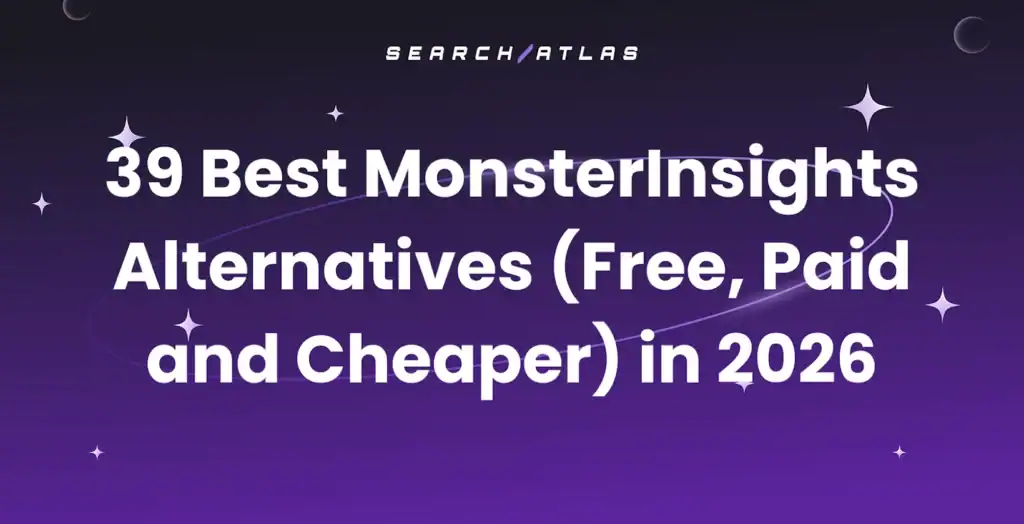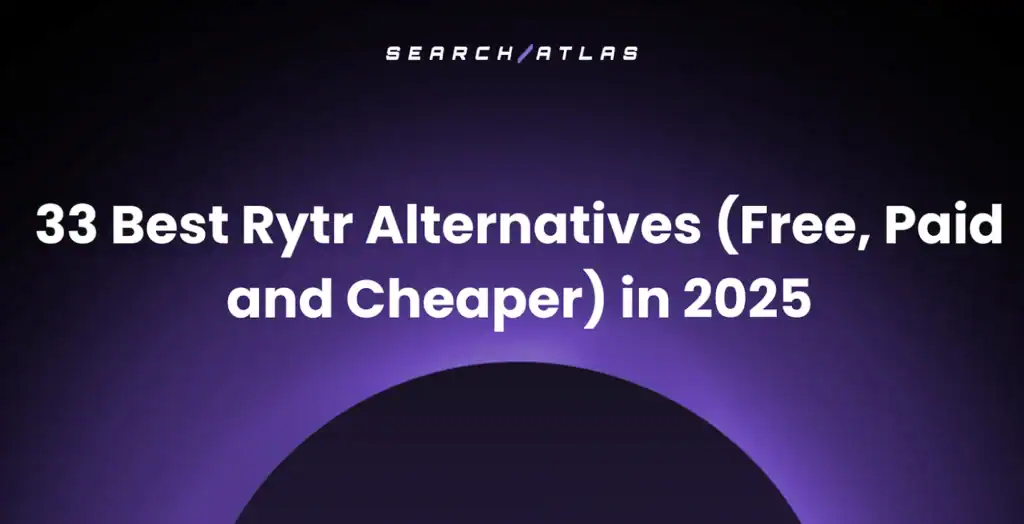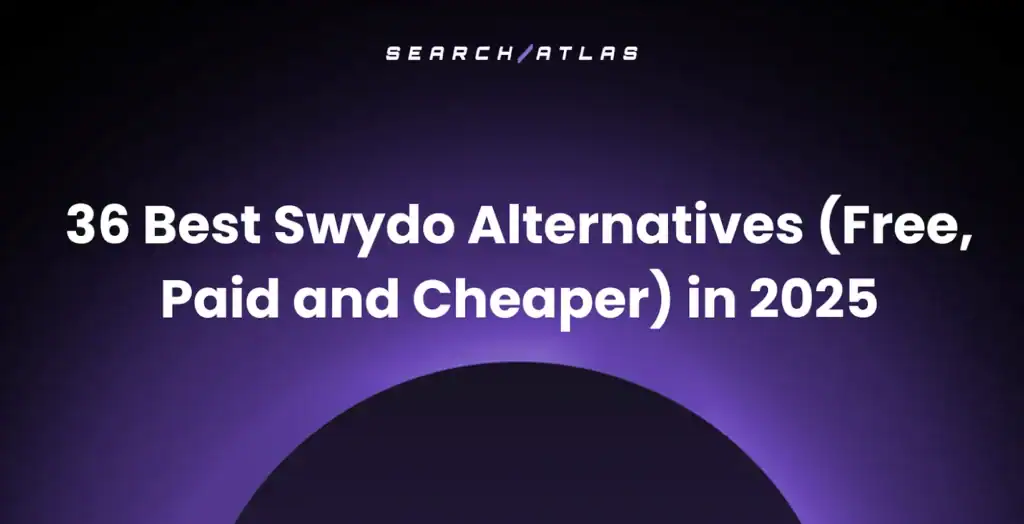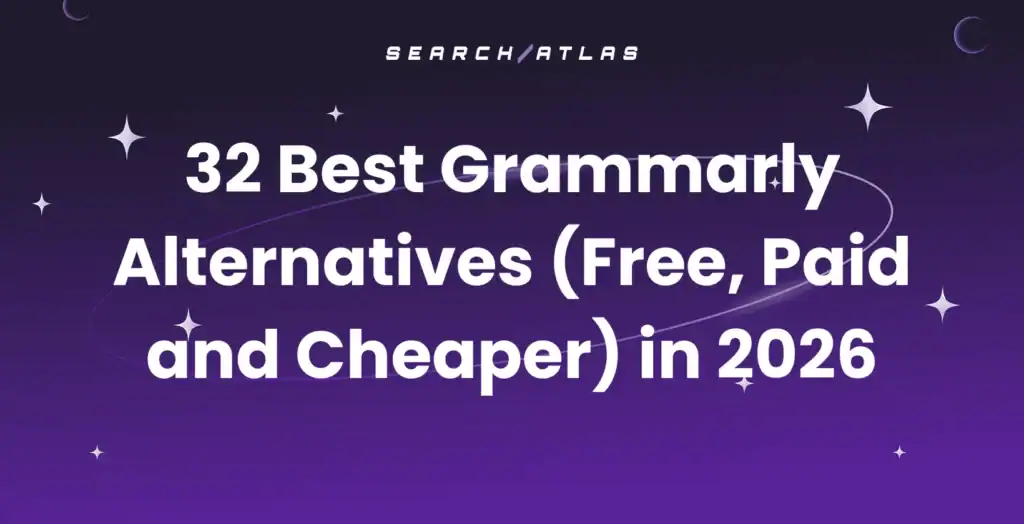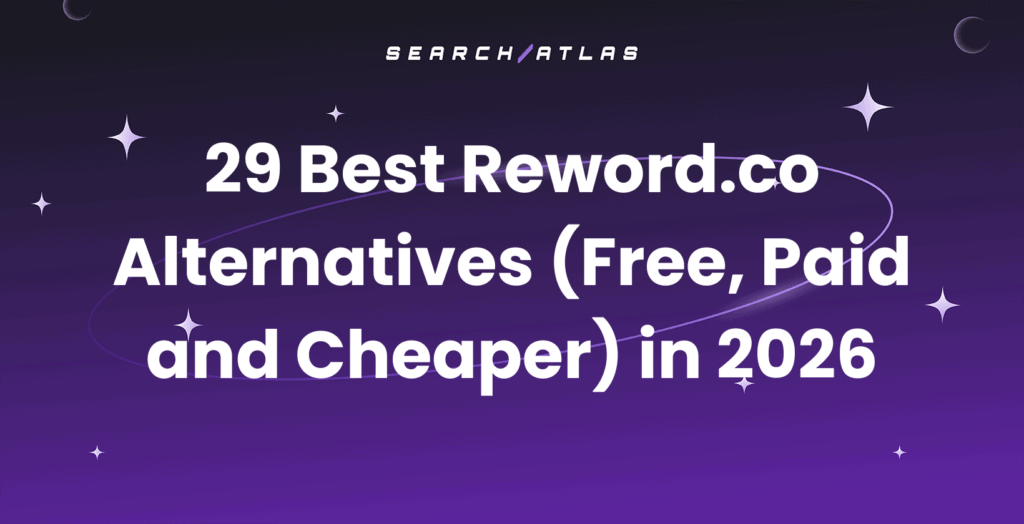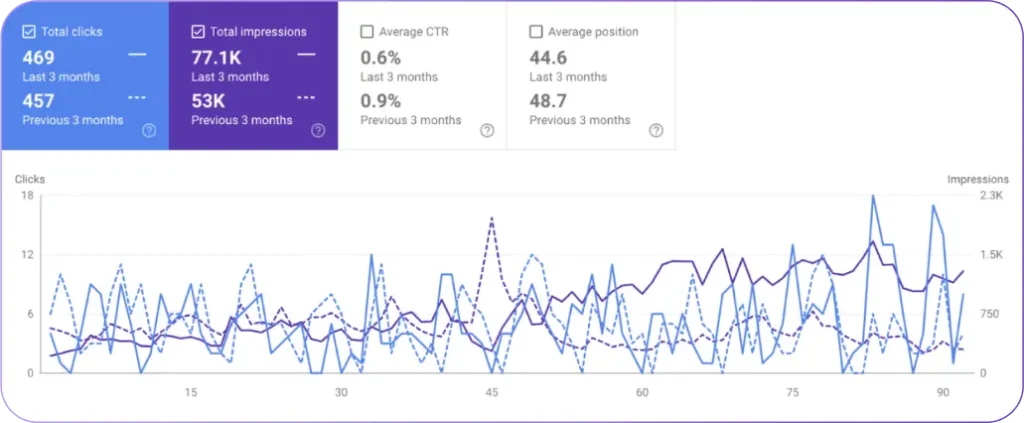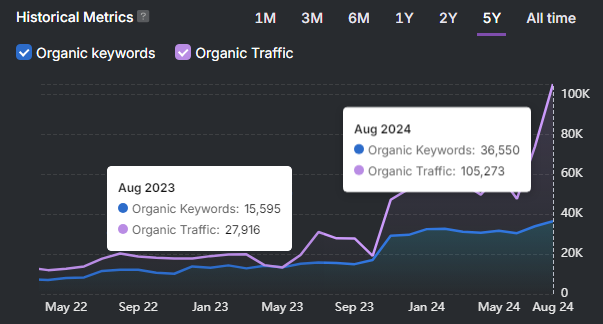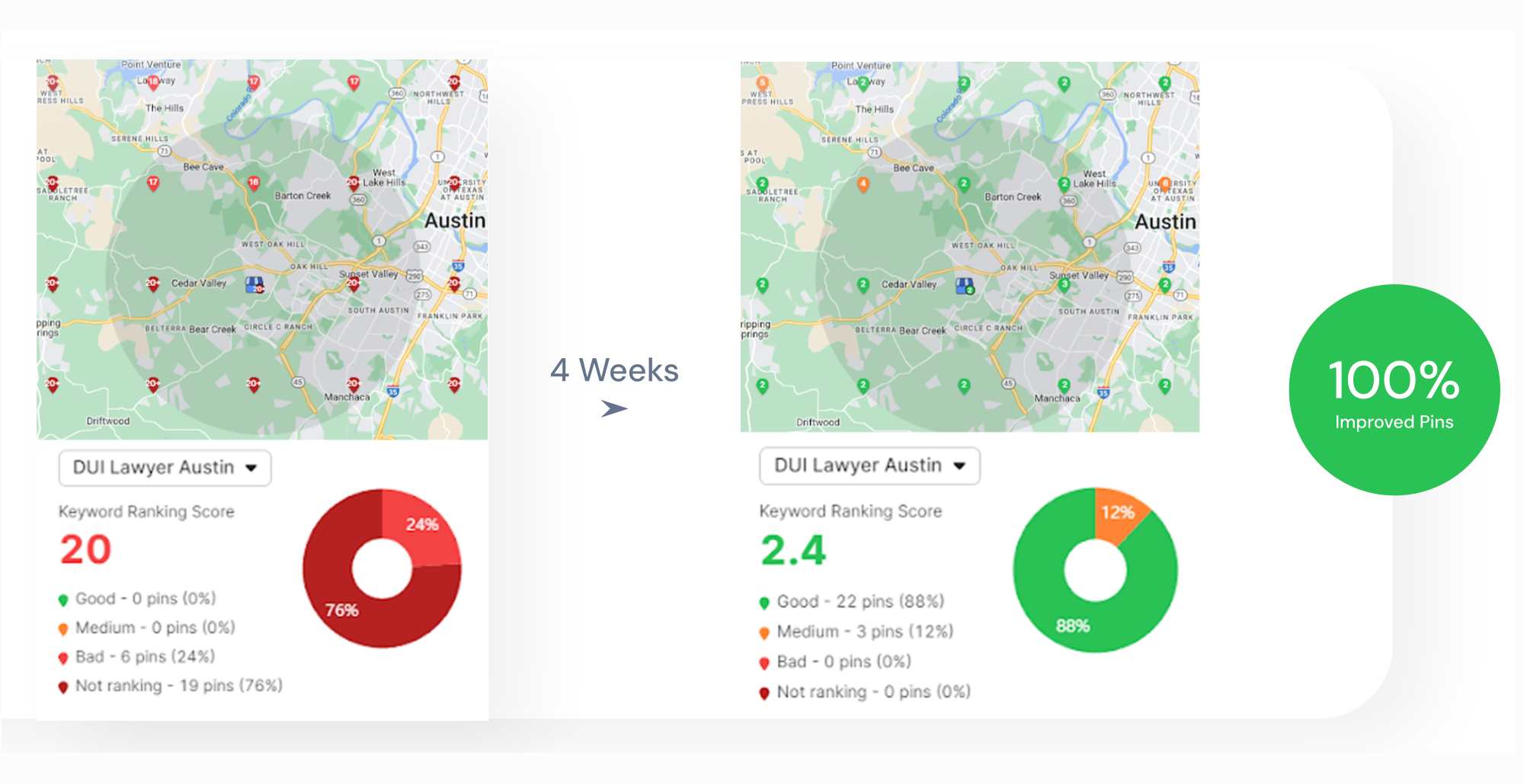Local link building earns backlinks from websites with geographic relevance. These links improve visibility in location-based search results and help search engines verify authority within a specific region.
The goal is to rank higher for keywords with local intent, such as “plumber near me” or “best dentist in [city].” These results attract local users ready to take action.
Search engines use signals like proximity, relevance, and prominence to decide which businesses appear in the local pack. While citations show legitimacy, local backlinks send stronger trust signals.
Track links from news sites, community pages, and regional partners. Focus on quality and alignment. Build a strong backlink profile to outperform nearby competitors and increase traffic from nearby customers.
What Is Local SEO Link Building?
Local link building earns backlinks from websites connected to a specific geographic area. These backlinks act as local signals that help search engines verify relevance and authority within a region, city, or neighborhood.
Unlike general link building, local efforts prioritize geographic alignment over domain authority or topic relevance. Links come from nearby businesses, organizations, news outlets, blogs, or community platforms that serve the same area.
The goal is to improve visibility in local search results, including map packs and organic listings triggered by location-specific keywords. Strong local link profiles boost rankings and attract users ready to act. Earn links from trusted sources in your area. Build regional authority. Strengthen local presence. Outrank competitors targeting the same audience in your community.

Why is Local SEO Link Building Important?
Local link building helps businesses rank higher in local search results and reach nearby customers. There are different reasons why local link building is important. The reasons why local link building is important are listed below.
- Improve Search Rankings: Search engines use backlink quality and relevance to rank websites. Links from local sources send strong geographic signals and boost authority in local SERPs.
- Increase Local Visibility: Local links introduce your business to a broader regional audience. These signals help search engines and users find you in local searches and Google’s Local Pack.
- Enhance Credibility and Trust: Trusted local sources linking to your site validate your reputation. These links show that respected organizations recognize your value.
- Drive Targeted Traffic: Local backlinks attract users searching for services in your area. These visitors already express intent and often convert faster.
- Boost Local Pack Performance: Links from local websites influence placement in Google’s Local Pack. Strong link profiles give you an edge over nearby competitors.
- Raise Conversion Rates: Local users who find you through relevant links take action more often. This traffic converts at a higher rate than untargeted visits.
What Are the 8 Best Local SEO Link Building Strategies?
There are 8 Local SEO Link Building strategies. The 8 Local SEO Link Building Strategies are listed below.
1. Use an Automated Local Link Building Tool
Automated link building tools simplify the process of acquiring backlinks by using software to manage outreach, link placement, and reporting. They help scale your link building campaigns while maintaining quality and local relevance.
Manual link building is slow and inconsistent. With automation, businesses secure high-quality backlinks faster, freeing up time to focus on strategy and content creation. Targeting local SEO becomes easier with these tools, which help you find geographically relevant opportunities that directly improve your visibility in local search results.
There are 5 steps to to carry out automated Local SEO Link Building strategy. The 5 steps for automated Local SEO Link Building strategy are listed below.
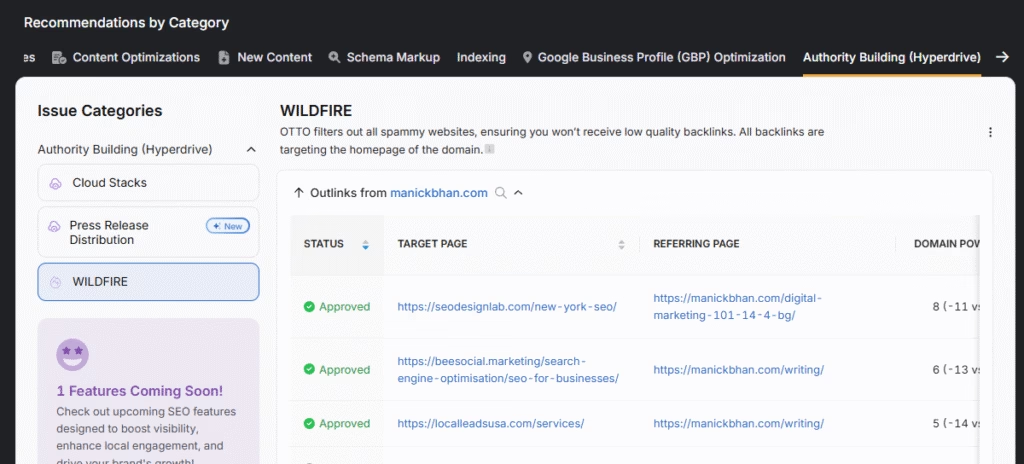
- Use Search Atlas OTTO WILDFIRE, which is designed for automated, high-quality link building.
- Set up your campaign by entering your domain, target pages, anchor texts, and industry niche.
- WILDFIRE identifies locally relevant websites and handles outreach, follow-ups, and link acquisition automatically.
- Review link placements, anchor text distribution, and referring domains through its real-time dashboard.
- Adjust campaign settings based on performance data, local targeting, or keyword focus.
Search Atlas OTTO WILDFIRE earns quality backlinks through a vetted 2:1 link exchange. It acquires backlinks from real, authoritative, and locally relevant sites while monitoring the health of these links. Automating outreach helps marketers scale link building without compromising link quality or local SEO impact.
A local florist in Denver looking to improve their online visibility will benefit from acquiring links on nearby lifestyle blogs, regional wedding planning sites, or Denver-based event directories. These contextually relevant links signal local authority to search engines and help boost rankings for location-specific keywords.
2. Use an Automated Press Release Distribution Tool
An automated press release distribution tool allows businesses to publish newsworthy content across media outlets, blogs, and news aggregators. It automates the process of pitching and distribution, making it easier to secure backlinks and visibility from trusted publications.
Press releases serve as both a branding and link building tool. Effective distribution generates backlinks from reputable local news sources, industry-specific websites, and online publications. These links help build domain authority, support keyword rankings, and increase visibility in Google’s Local Pack and News results. They give local businesses an opportunity to shape public perception and boost awareness in their geographic area.
There are 5 steps to distribute press releases automatically. The 5 steps to distribute press releases automatically are listed below.
- Identify a newsworthy event such as a grand opening, an award, a product launch, a partnership, or community involvement
- Write a concise and engaging press release that includes local keywords, your business location, and relevant quotes or media
- Use Search Atlas Press Release Distribution tool to submit and distribute your press release across high-authority media outlets and geographically relevant platforms
- Target distribution by industry or location to maximize reach and relevance
- Monitor the published URLs and track traffic, backlink acquisition, and local engagement
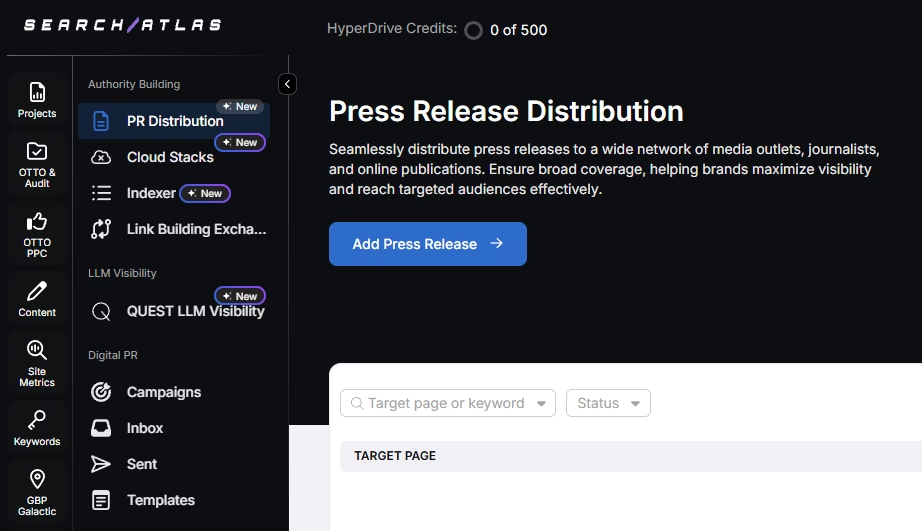
The Search Atlas Press Release Distribution tool automates press outreach by optimizing releases for SEO and distributing them to authoritative, locally relevant sites. It provides analytics to track backlinks and traffic, making it a scalable solution for impactful local link building.
3. Create Locally Relevant Content That Attracts Backlinks
Locally relevant content is content tailored to your geographic area, community interests, or regional needs. It includes blog posts, visual guides, event roundups, or location-specific advice that speaks directly to your audience and addresses topics they care about.
Content that reflects the interests and needs of your local audience naturally earns attention and backlinks from local websites, media, and bloggers. These backlinks improve your visibility in local search results, build domain authority, and reinforce your relevance to search engines and nearby customers alike.
There are 4 ways to create locally relevant content that attracts backlinks. The 4 ways to create locally relevant content that attracts backlinks are listed below.
- Research trending local topics, seasonal events, or community issues that align with your niche.
- Use local keywords and geographic modifiers to improve discoverability in local search.
- Collaborate with local sources, such as community leaders or small business owners, to add unique perspectives to your content.
- Create detailed guides, interactive maps, or data-driven resources that local audiences will find valuable and worth sharing.
Content that attracts local backlinks is timely, practical, and rooted in community interest. It focuses on useful, hyperlocal topics like area-specific rankings, how-to guides, or event spotlights. Make sure to include accurate, firsthand information wherever possible.
4. Earn Local Backlinks Through Outreach and Guest Posting
This strategy involves reaching out to relevant local websites, blogs, and publishers to secure backlink opportunities. These links are often earned by contributing valuable guest posts, expert quotes, or co-created content that benefits both your business and the hosting site.
Backlinks from locally trusted websites signal geographic relevance and authority to search engines. Guest posting helps you reach new audiences, build relationships within your community, and establish your brand as a credible voice in your industry. Local backlinks carry more weight than generic ones when it comes to ranking in Google’s Local Pack and map results.
There are 4 methods to get local backlinks. The 4 methods to get local backlinks are listed below.
- Identify local websites, blogs, and publications that serve your community or industry niche.
- Audit each site to understand their content style and determine whether they accept guest submissions, interviews, or contributor content.
- Write personalized outreach emails with thoughtful content ideas tailored to each publication.
- Submit your content or press release using the Search Atlas PR Outreach tool. Upload original articles or choose from built-in PR templates, then target relevant journalists and local media outlets using the platform’s database of over 300,000 journalists and 75,000 media contacts.
Effective outreach is always personalized, relevant, and respectful of the recipient’s editorial style. The best pitches add value to the target website’s audience, clearly explain why your input matters, and are free of spammy or overly promotional language.
5. Partner with Local Influencers, Events, and Community Initiatives
Partnering with local influencers, community events, and initiatives means collaborating with individuals and organizations that have strong connections in your geographic area. These partnerships include sponsoring events, co-hosting community activities, or working with local influencers to promote your business.
Local influencers and events hold significant sway over their audiences, often fostering high levels of trust and engagement. By associating your business with these trusted entities, you increase brand awareness, earn valuable backlinks, and strengthen your reputation within the local community. This not only drives targeted traffic but signals to search engines that your business is an active and respected local player.
There are 6 ways to partner with local influencers, events, and community initiatives. The 6 ways to partner with local influencers, events, and community initiatives are listed below.
- Identify local influencers, bloggers, and community leaders who align with your brand values and audience.
- Attend or sponsor local events such as fairs, charity runs, or business expos to get your brand name out there.
- Collaborate on content or campaigns with influencers that highlight your products or services in a locally relevant context.
- Support or participate in community initiatives, such as local charity drives or environmental projects.
- Offer exclusive deals or giveaways through influencers or at local events to encourage engagement and sharing.
- Request backlinks or mentions on influencers’ websites, event pages, or community platforms as part of your partnership.
A local bakery sponsors a popular community fun run and partners with well-known local food bloggers. These influencers create engaging stories and videos that highlight the event and showcase the bakery’s delicious treats. This collaboration excites participants and their followers, encouraging them to visit the bakery afterward. As a result, the bakery earns valuable backlinks from the event website and influencer blogs while strengthening ties with the local community and increasing its visibility.
6. Create Link-Worthy Local Content
Link-worthy local content is content specifically crafted to earn backlinks by being valuable, informative, and relevant to your local audience. This includes local guides, original research, interviews, case studies, or unique takes on local issues.
Search engines reward websites that consistently publish high-quality content with backlinks. Creating content personalized to your local audience helps draw backlinks from nearby websites, news outlets, and community groups. This boosts your authority and drives traffic from users in your area who are more likely to convert.
There are 5 steps to create link-worthy content. The 5 steps to create link-worthy content are listed below.
- Research local interests, challenges, or events your audience cares about.
- Create in-depth content like “best of” guides, local resource roundups, or expert interviews.
- Include data, visuals, and original insights to make your content more shareable.
- Use Search Atlas OTTO Cloud Stacks to scale your content production. Cloudstacks generate high-quality AI content tailored to your niche, embed editorial backlinks naturally within the content, publish instantly across a network of 13 publishers with built-in indexing.
- Share the content across local social channels and community groups to attract attention and links.
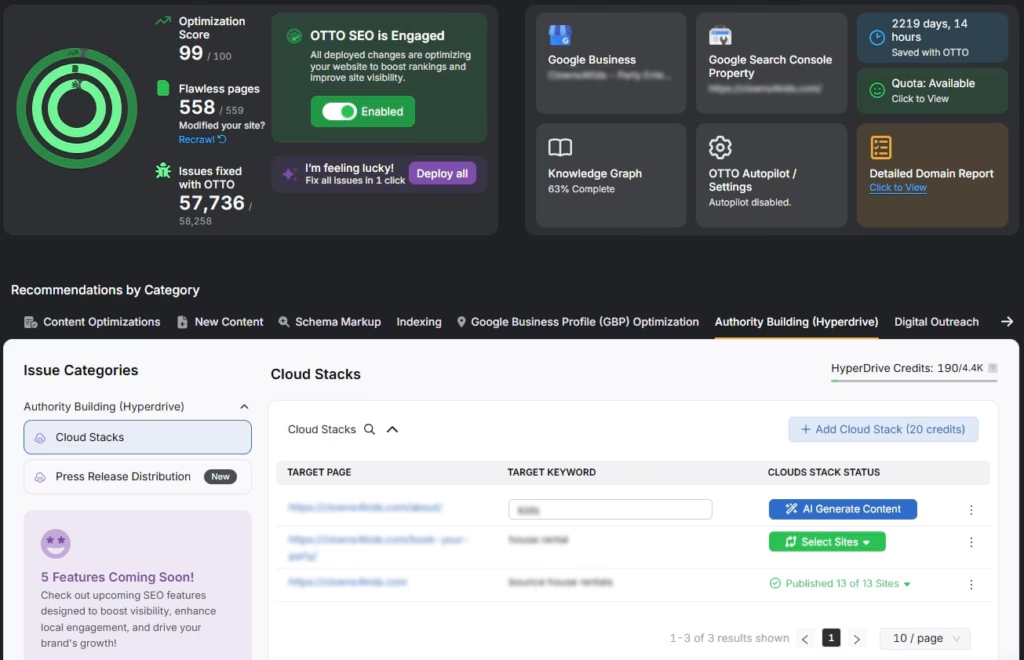
Search Atlas OTTO Cloud Stacks simplifies digital PR content creation by combining AI writing, backlink embedding, and automatic distribution. With built-in indexing, your content gains search visibility faster, while its local relevance makes it more likely to earn authoritative backlinks from your community.
7. Repurpose and Improve Local Content
Repurposing content involves taking existing materials such as blog posts, videos, or guides and transforming them into new formats or updated versions. This approach lets you extend the value of your original content while keeping it relevant and engaging for a local audience.
Older content often contains useful insights but is outdated or under-optimized. By improving and reusing it, you save time, maintain topical relevance, and increase the chances of earning backlinks from local websites that prefer fresh and high-quality resources.
There are 5 steps to repurpose and improve your local content. The 5 steps to repurpose and improve your local content are listed below.
- Identify content with local relevance that has performed well or covers evergreen topics.
- Update outdated information, visuals, and keywords to match current local trends.
- Turn long-form articles into bite-sized videos, infographics, or downloadable checklists.
- Combine related posts into a comprehensive local guide or roundup.
- Share refreshed content across your local networks or submit to community blogs for potential backlinks.
An effective content repurposing strategy prioritizes local relevance, freshness, and performance. It reimagines existing content to better serve the target audience while maintaining consistent messaging and improving SEO user experience. This approach creates new opportunities for local backlinks and makes the most of existing assets.
8. Encourage Testimonials and Local Reviews with Link Potential
This strategy involves encouraging satisfied customers to leave testimonials or reviews on local business websites, partner sites, and relevant directories. These reviews often include a link back to your website, creating natural, locally relevant backlinks.
Testimonials and reviews are trusted by both users and search engines. Appearing on reputable local sites boosts your business’s credibility and passes valuable link equity. These types of links are typically earned, not built, making them more authentic in the eyes of Google. Additionally, they drive referral traffic from people already interested in local services.
There are 5 steps to encourage testimonials and local reviews. The 5 steps to encourage testimonials and local reviews are listed below.
- Reach out to local vendors, suppliers, or partners and offer to write a testimonial in exchange for a backlink.
- Encourage loyal customers to leave reviews on platforms that allow linking, such as industry-specific directories or business association sites.
- Add a review request CTA in your email campaigns or after-purchase pages.
- Feature your own customers’ businesses on your site and invite them to do the same in return.
- Monitor where your competitors are getting review-based backlinks and target similar opportunities.
A good review strategy emphasizes genuine relationships, community engagement, and reciprocal value. It relies on trust and authenticity, not manipulation. By focusing on real experiences and mutual promotion, businesses earn backlinks that are both meaningful and sustainable.
A local web design agency writes a testimonial for a regional coworking space they use, and in return, the coworking site publishes the testimonial on their homepage with a link to the agency’s site. It’s a win-win that boosts trust and visibility for both parties.
What Are Differences Between Local Citations and Local Link Building?
Local citations mention your business name, address, and phone number (NAP). These citations verify your business existence and physical location. Some citations include a clickable link, but many do not. Their main role is to build local presence and ensure consistency across the web. Platforms like Yelp, Google Business Profile (GBP), and Yellow Pages serve as common sources for local SEO citations. The strategy involves submitting accurate NAP information to directories. This improves local trust and boosts visibility in location-based searches.
Local link building focuses on earning backlinks from websites that point directly to your site. These links always include a clickable element and carry stronger weight in SEO. They improve domain authority and influence search rankings more than citations. Common sources include local blogs, news sites, and websites of business partners. The strategy involves content creation, outreach, and relationship-building with relevant local entities. This approach drives targeted traffic and signals trust to search engines, helping your business compete effectively in local search results.
Search Atlas offers advanced tools designed for Local SEO Link Building. From WILDFIRE’s automated link acquisition system to press release distribution, PR outreach, and OTTO’s AI-powered content publishing, you build a high-impact local backlink profile faster and with greater consistency.
Start your Search Atlas free trial!


